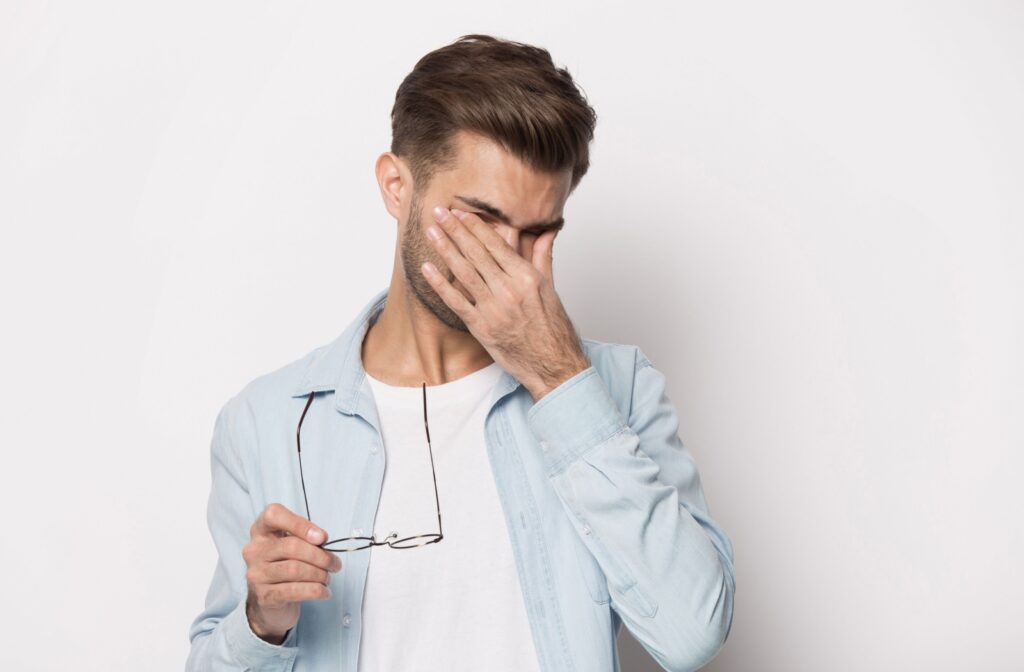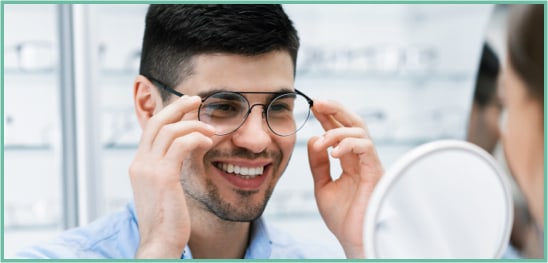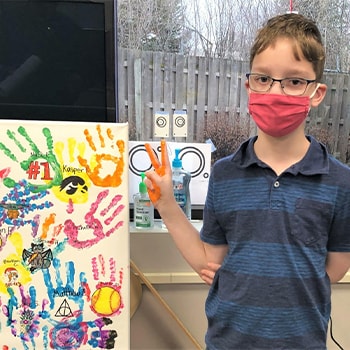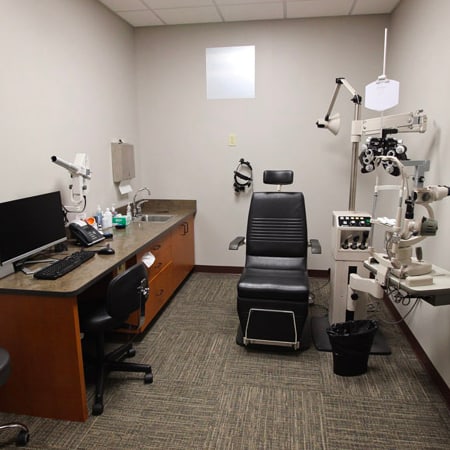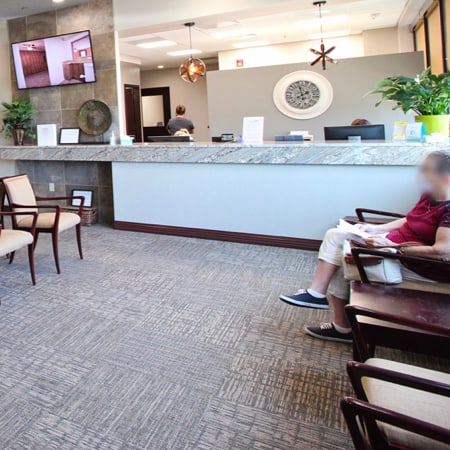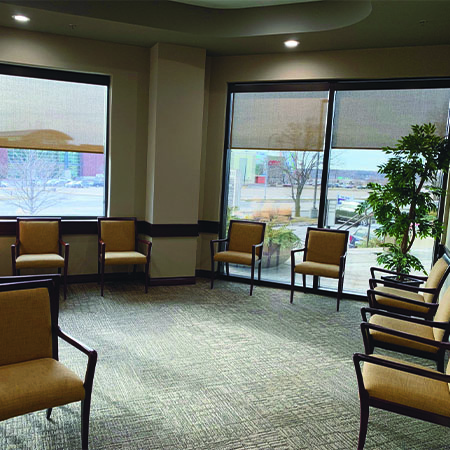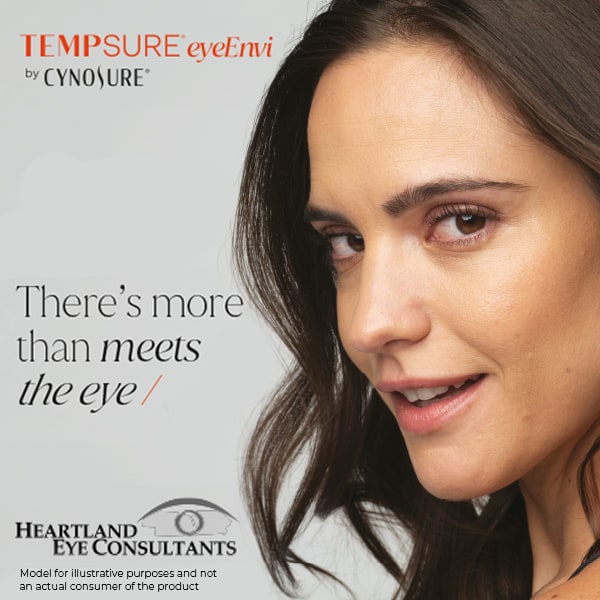Eye strain affects millions of people every day. With our reliance on digital devices, it’s more problematic than ever. If you’ve ever noticed irritation, discomfort, blurry vision, and other such symptoms when you’re using screens, you’re not alone—those are all tell-tale signs of eye strain.
Fortunately, while eye strain can be uncomfortable, it’s not permanent. Most symptoms last for a few hours, though they can persist a little longer if you don’t take a break. Certain factors—like your environment, habits, and lifestyle—all affect this timeline. You can always visit your optometrist to try targeted treatments to reduce the risk of developing eye strain.
What Causes Eye Strain?
Eye strain, also called digital eye strain or computer vision syndrome, is caused by your eyes becoming overworked. Between long hours at screens, reading without breaks, or driving in low light, your eyes can only handle so much. Sooner or later, they need a break.
Whenever you focus intently on a task, you’re overworking the tiny muscles in your eyes. Soon, it becomes more difficult to focus, and you’ll notice irritating symptoms. While this isn’t a permanent condition, the discomfort can quickly affect day-to-day comfort.
The Common Symptoms of Eye Strain
The signs of eye strain vary depending on how you overwork your eyes.
Typically, they include:
- Dry, itchy, or watery eyes
- Blurred or double vision
- Light sensitivity or trouble focusing
- Headaches or migraines
- Neck, back, or shoulder pain from improper posture
These symptoms are usually temporary, but they can linger and worsen if left unaddressed. The good news is that with the right self-care, most symptoms resolve quickly.
How Long Does Eye Strain Last?
The duration of eye strain depends on several factors. Some people recover within a few hours, while others may experience discomfort for days. It all depends on factors like these.
Screen Time’s Role in Recovery
Spending extended periods in front of screens can make symptoms last longer. The longer you spend using the screens, the less likely you are to blink regularly. This leaves your eyes vulnerable and dried out, which quickly leads to more irritating symptoms.
In some cases, the blue light emitted by your screen can disrupt your sleep cycle. This gives your eyes less time to rest and recover, which potentially makes symptoms worse.
Impact of Lighting & Work Conditions
If you work in a dimly lit space or struggle with screen glare and reflections, your eyes may take longer to recover. It helps to adjust your environment so it’s more comfortable for your eyes. Make sure to account for lighting, ergonomics, and overall comfort.
Effect of Breaks & Rest
Taking regular breaks is crucial to reducing recovery time. Techniques like the 20-20-20 rule—looking at something 20 feet away for 20 seconds every 20 minutes—can help your eyes relax and recover faster.
Importance of Addressing Eye Conditions
People with conditions like myopia (nearsightedness) or astigmatism may find that their symptoms last longer. Poor-quality or outdated corrective lenses can also prolong discomfort. If you notice your symptoms persist, visit your optometrist.
General Health & Lifestyle
Your overall health matters. Your eyes are sensitive, and they’re vulnerable to all kinds of internal factors. Some common culprits are fatigue, dehydration, and poor diet—a healthier body tends to recover significantly faster than an unhealthy body.
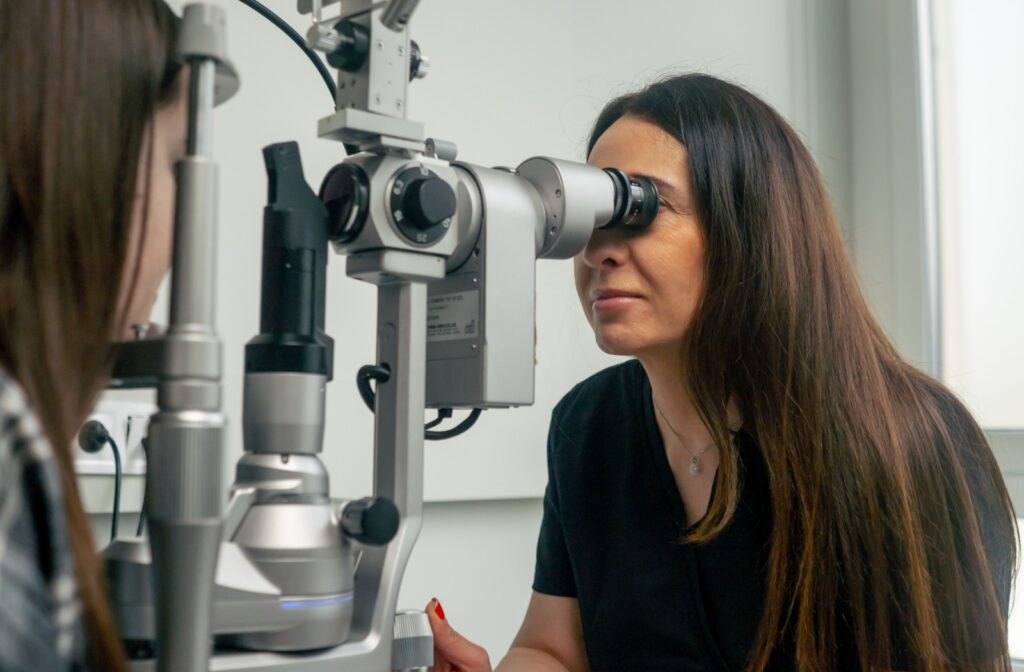
Can an Optometrist Help With Eye Strain?
Your optometrist can be a huge help in managing eye strain, especially if symptoms persist. They may recommend a range of different treatments, and one option stands out: vision therapy.
Unlike glasses or contacts, vision therapy focuses on strengthening your eyes and improving their coordination. It’s a treatment plan personalized to your unique needs.
What Is Vision Therapy?
Vision therapy tends to include:
- Eye exercises designed to improve focus and eye movement.
- The use of specialized tools, such as prisms or lenses, to train your eyes.
- Activities aimed at enhancing coordination between the eyes and the brain.
- Techniques to reduce fatigue and address specific visual challenges.
Over time, these can help your eye muscles work more efficiently—especially when dealing with prolonged screen use. Your optometrist can assess your concerns and suggest a tailored program that addresses your symptoms.
Tips to Prevent Eye Strain
Prevention is often the easiest way to manage eye strain. Simple adjustments to your workspace and habits can make all the difference.
It helps to:
- Use proper lighting to avoid glare from screens and reflections.
- Adjust your screen brightness to match your surroundings.
- Increase text size or enable dark mode to reduce strain.
- Position screens properly and keep the top of the screen at eye level.
- Blink often or use artificial tears to combat dry eyes.
- Wear blue-light-blocking glasses, especially in the evenings.
- Take regular breaks and stretch to improve posture and comfort.
Making these changes now can help you protect your vision for the long term and avoid irritation.
Is Eye Strain an Emergency?
For most people, eye strain is not considered an emergency. Discomfort usually fades with rest and lifestyle changes. But in some cases, symptoms may require medical attention.
Seek professional advice if:
- Symptoms last longer than a week
- Headaches become severe or frequent
- Blurred vision persists or focusing becomes difficult
- You experience sharp pain, redness, or swelling in your eyes
Your optometrist can evaluate your symptoms and recommend solutions, from corrective lenses to vision therapy. Addressing your discomfort promptly can help prevent recurring issues.
Taking Care of Your Eyes
Your eyes are vital to everything you do, so keeping them comfortable and healthy should be a priority. By learning to recognize eye strain, making small tweaks to your routine, and knowing when to seek help, you can reduce the impact of strain on your life. Remember—professional support can make all the difference. That’s why our team at Heartland Eye Consultants is here to help. We can create a treatment plan to keep your eyes in excellent shape. Book your appointment today, and let’s work together to find the relief you deserve.


